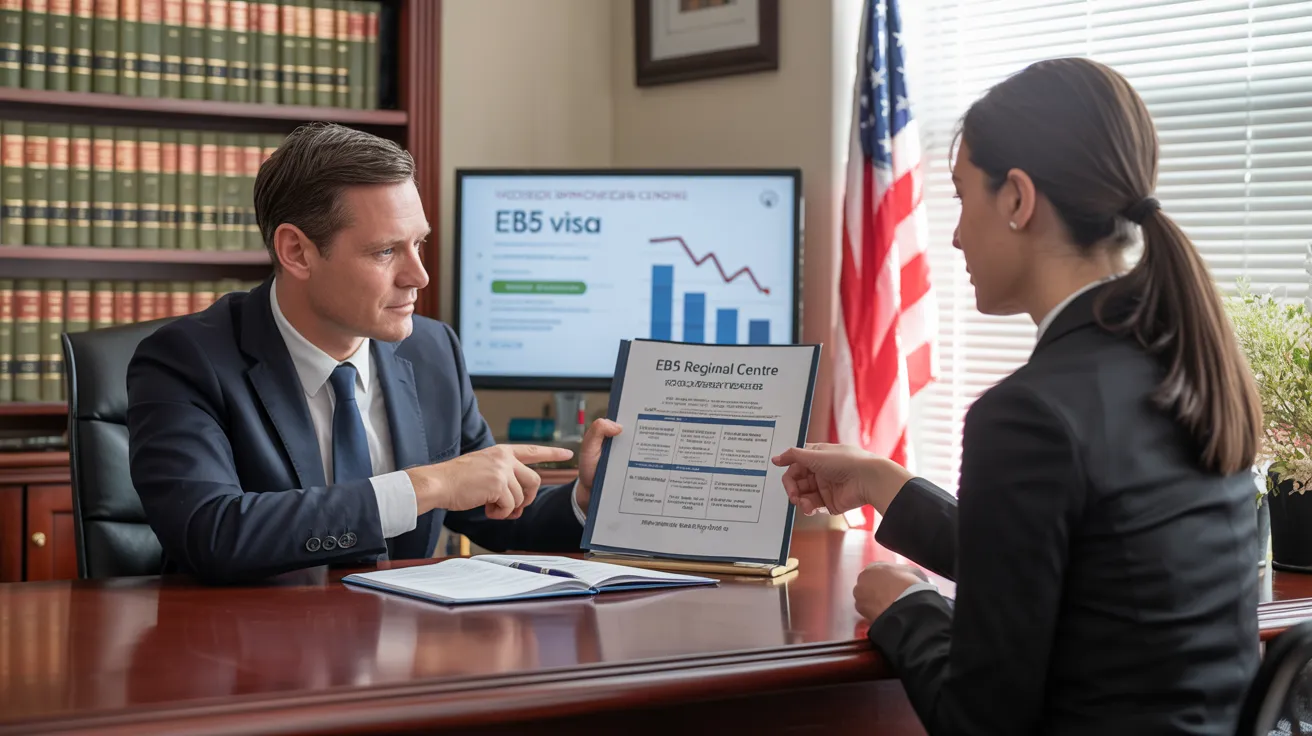The 4-Minute Rule for L1 Visa
Table of ContentsUnknown Facts About L1 VisaEverything about L1 VisaThe Best Strategy To Use For L1 VisaMore About L1 VisaGet This Report on L1 Visa
L-1 visas are offered to workers of an international company with workplaces in both the United States and abroad. L1 Visa. The visa allows such foreign workers to transfer to the corporation's US workplace after having actually functioned abroad for the business for at the very least one constant year within the previous three before admission in the United StatesOne L-1 visa can allow multiple workers entrance into the United States. Spouses of L-1 visa owners are allowed to work without limitation in the United States (making use of an L-2 visa) case to status, and the L-1 visa might legitimately be utilized as a stepping rock to a copyright under the teaching of dual intent.
Since 2000, Indian nationals are the largest receivers of L-1 visas. The number of L-1 visas offered to Indian nationals leapt from 4.5 percent in 1997 to 43.8 percent in 2006. In 2019, Indian nationals received 18,354 L-1 visas, accounting for 23.8% of all L-1 visas provided in 2019. According to USCIS information, the biggest employers to obtain L-1 visas in 2019 were Tata Consultancy with 1,542 accepted L-1 visa applications, Infosys with 517, Amazon with 455, Cognizant with 382, and Deloitte with 305.
Congress developed the L-1 visa in 1970. The original visa required that the job tenure match directly prior to applying for the firm transfer.
Some Known Questions About L1 Visa.
Major Indian outsourcing companies such as Tata, Infosys, and Wipro significantly used the L-1 copyright personnel American multinational corporations. Fifty percent of Tata's workers brought to the United States came on L-1 visas.
By 2000, Immigration and National Solution videotaped 294,658 visa entrances. In 2002, Congress permitted L-1 visa spouses, who get on an L-2 visa, the permission to function freely within the United States. In 2003, the Us senate Judiciary Board held a hearing on the L-1 visa. In fiscal year 2004, the number of L-1B visas exceeded the variety of L-1A visas.

Candidates who remain in the United States at the time of the filing of the I-129 can request a change of condition from their existing nonimmigrant status (i.e. visitor, pupil, and so on), so long as they are in status at the time of the declaring of the I-129. If they go out of standing after the filing, but prior to approval, there is no adverse repercussion, and the individual does not accumulate unlawful existence.
Youngsters of the key L-1 can attend college. The partner of the main L-1 has an automated right to operate in the USA. Kids can decline paid work. The spouse can, however need not, apply with the USCIS for employment authorization after arriving in the USA and, after issuance of the Work Permission Document (EAD, Kind I-765), may after that function for any type of employer.
Some Ideas on L1 Visa You Need To Know
An I-797 Notice of Activity revealing the authorization of the visa request does not assure that a visa will be released at the U.S.

L1 Visa Things To Know Before You Buy
For an L-1 visa applicant, "dual Intent" is permitted: unlike some courses of non-immigrant visas (e.g., J-1 visas (L1 Visa)), L-1 candidates might not be refuted a visa on the basis that they are an intending immigrant to the United States, or that they do not have a home abroad which they do not plan to abandon
Renewal in the United States uses to condition only, not the real visa in the copyright. copyright renewal, the candidate L1 Visa requirements should go to a UNITED STATE
An alien can not leave the United States and then reenter without a valid L-1 visa, and need to appear personally prior to a consular policeman copyright issuance.
Not known Facts About L1 Visa
An individual in L-1 standing typically may function only for the seeking company. If the L-1 worker goes into based upon an L-1 blanket, however, it normally is possible for the employee to be relocated the very same capability to any type of other relevant firm listed on the blanket. The L-1 visa program has been slammed for several factors.
In one example, The U.S. Division of Labor fined Electronics for Imaging $3,500 for paying its L-1 visa workers $1.21 an hour and working some of them as much as 122 hours a week. Some industry reps have charged companies of making use of the L-1 program to replace U.S. workers. Detractors and federal government authorities have explained how the visa program does not define "specialized knowledge" for find out more international employees in the L-1B visa classification.